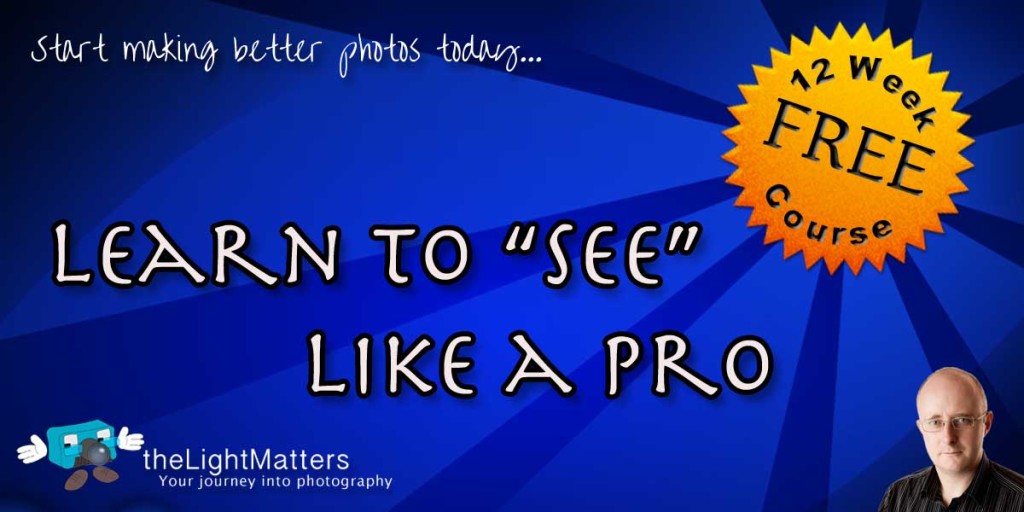Over the last few days I’ve been having an interesting conversation with a stock library about model releases.
They’re auditing all the images they carry to see if they’ve been correctly annotated. In particular with regard to the simple criteria “if there is a person in the shot you need to state whether you have a model release or not.” It’s easy to do. It’s just a check box at the keywording stage.
My query related to a corner case where there wasn’t a person in the image but rather a body part.
When is a person not a person?
Before I continue, I must first clarify that all my images were clean and had correctly been annotated with the exception of two. They only showed a body part. A hand in one case and a knee in the other. There wasn’t a person in the shot, and certainly not a recognisable person. The body part wasn’t even the focal point.
Nevertheless, the library asked me to update the annotation to say there was a person in the shot and whether or not I had a model release.
That came a quite a surprise to me so I asked for clarification as to what they mean by a person. Essentially it boils down to if there is a person in the image you need to state that there is a person and whether or not you have a model release. By person they mean a whole person or just a part of a person. Even if that person is an out of focus bystander in the background or just a big toe, the ruling still applies.
Is this really that important?
Yes, it is. But first let me clarify that not having a model release isn’t a problem. It just restricts the way in which an image can be used. It’s not always possible to get a model release either. For example there could be too many people in the image or a person could be driving or in an area the photographer doesn’t have access to.
Without a model release, an image shouldn’t be used for advertising purposes. There is nothing to actually stop you apart from your own wisdom. When an image is used to advertise a product or service and that image contains a person you are creating an association between that person and what’s being advertised. If that person hasn’t given their permission for the association to be created (the model release) you’re now on dangerous territory.
In the case of a stock library, an unreleased image cannot be sold Royalty Free. Royalty Free has little or no control over where the image may be used. An unreleased image can still be sold, but only with a Rights Managed license. If the purchaser uses it for something other than the license they’ve bought, on their heads be it.
Conclusion
It’s all about protecting yourself. Do I think it’s all gone a bit silly? Yes. Very much so. But then I’m just one photographer. If I was a stock image library with millions of images I would take a very different view indeed.
One thing I do find intriguing about this is the number of wedding photographers who use client images to advertise their services. Even if the bride and groom have signed a release, I’d be very surprised if the guests have in most cases.
Disclaimer…
This post should not be taken as advice about when a release is required. If you are in any doubt I recommend you seek out legal advice from someone with experience in this field, in the country in question.


